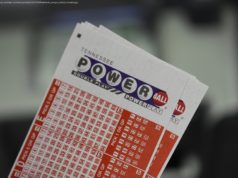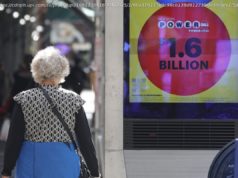Policymakers aim to create a buffer against the impact of a trade war with the U. S.
China has announced a mix of tax cuts and infrastructure spending citing “uncertainty”, as it ramps up efforts to stimulate demand and counteract a weakening economy.
The move, announced late Monday, came the same day as an injection of $74bn into the banking system by the People’s Bank of China through its Medium-term Lending Facility — the central bank’s largest ever, single-day cash injection using that tool.
The fiscal measures provide growing evidence that policymakers are concerned about how the trade war with the US will exacerbate a domestic slowdown and follow a recent series of monetary loosening actions.
The PBoC has already cut the required reserve ratio (RRR) for some banks three times this year in a bid to boost the money supply.
Unveiling the measures, the State Council cited external “uncertainty” — an apparent reference to the escalating trade war with the US — while also seeking to downplay market concerns that China is backsliding on structural reform and reverting to its traditional playbook of heavy-handed credit stimulus.
“We must persist in not conducting ‘big water overflowing-style’ strong stimulus while . responding to uncertainty in the external environment and preserving economic activity within a reasonable range,” premier Li Keqiang told the State Council.
The cabinet also pledged to ensure “appropriate” credit growth. Data for June showed money supply and credit expanding at a record low pace for a fourth consecutive month.
Local governments are urged to speed up disbursal of unused fiscal revenue and called on financial institutions to ensure adequate lending to local governments’ off-budget financing vehicles so that projects are not delayed.
The latter measure marks a shift in emphasis after a period in which the finance ministry was focused on controlling disguised borrowing through off-budget channels.
China’s GDP grew at its slowest pace since 2016 in the second quarter, and economists expect the deceleration to continue through the rest of this year. That is leading policymakers to pivot away from a previous emphasis on restraining debt and shift towards stimulus.
The cabinet’s announcement late Monday also authorised Rmb6.5bn ($953m) in tax cuts for corporate investment in research and development and accelerated issuance of special bonds to finance local government infrastructure projects.
The government will promote privately funded projects in transport, oil and gas, and telecommunications, the cabinet said.
China’s blue-chip CSI 300 index was 1.6 per cent higher at midday, while an index of mainland stocks traded in Hong Kong was up 2.4 per cent.
“We take the [State Council] statement as a confirmation of policy stance changing from tightening toward loosening,” wrote Zhiwei Zhang, chief China economist at Deutsche Bank in Hong Kong.
“The change of monetary stance has already happened in [the second quarter] with the RRR cut and injection of liquidity through MLF. The new message from the meeting today is that fiscal policy will become incrementally more expansionary.”
The emphasis on fiscal measures comes after a central bank official this month issued an unusually blunt public criticism of the finance ministry, accusing it of failing to carry out the government’s official “proactive” fiscal stance by allowing unspent revenue to accumulate.
Follow @gabewildau on Twitter






